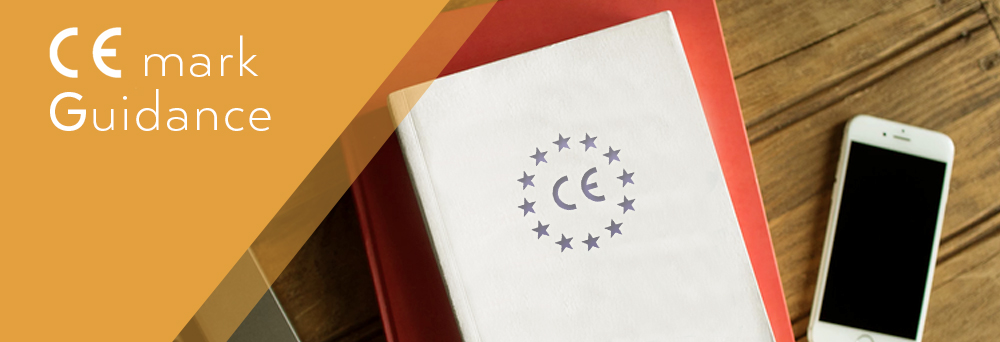Informative note about the possibility to CE-mark curved glass
Can curved glass be CE-marked? And which characteristics can be declared?
Glass for Europe tries to answer these questions by proposing the approach below.
1. CE-marking under harmonised standards
There is currently no harmonised European standard dealing specifically with curved glass and the scope of harmonised European standards on transformed glass products is not always clear.
a) Products:
| Type of glass | CE-marking possible? | Comments |
| Annealed basic glass products | NO | There is no standard on curved glass and it is not included in the scope of basic glass products. |
| Toughened glass,
Heat strengthened glass, Heat soaked toughened glass Chemically strengthened glass |
NO | At least one of the following reasons applies:
→ Curved glass excluded from the scope → Fragmentation test not defined for curved glass, → Impact test (EN 12600) not applicable to curved glass |
| Laminated glass (not safety) | YES | Only if there is NO safety requirement |
| Laminated safety glass | NO | Impact test (EN 12600) not applicable to curved glass |
| Insulating glass units | YES with conditions | See EN 1279-1:2004 clause 4.6 and EN 1279-2:2002 |
| Mirrors
Coated glass |
YES ONLY if silvering / coating | A product is CE-marked in accordance with the standard related to the last process done. Apart from the technical feasibility,
→ A mirror or a coated glass that is curved afterwards cannot be CE-marked as there is no harmonised standard on curved glass; → A curved glass that is silvered or coated afterwards can be CE-marked as it is not explicitly excluded from the standard on mirrors or coated glass |
| Painted glass
Acid etched glass Sand blasted glass |
NO | There is no standard on curved glass and also no standard on acid etched, sand blasted and painted glass.
When the harmonised part of these standards will be published AND cited in the Official Journal of the European Union, the same reasoning as for mirrors and coated glass will apply. |
b) Characteristics
As seen above, only a few types of curved glass can be CE-marked. For these glasses, the characteristics listed in annex ZA shall be considered. Not all of them can be declared.
| Characteristics | Declaration possible? | Comments |
| Resistance to fire | Theoretically YES | ONLY when curved glass has been successfully tested |
| Reaction to fire | Theoretically YES | The same rule as for the glass substrate / glass “parent product” apply.
Please note that there is a pending issue for the reaction to fire of laminated glass and IGU and that it is common practice to declare NPD for this. |
| Bullet resistance | Theoretically YES | Bullet resistance test can be done theoretically but it shall be discussed case by case with the notified product certification body (under AVCP 1) |
| Explosion resistance | NO | Explosion resistance test with shock tube is not possible |
| Burglar resistance | NO | Burglar resistance tests are not feasible on curved glass |
| Pendulum body impact resistance | NO | Although the composition could be tested in his flat version under certain conditions, no legal piece of text allows it. Therefore, this characteristic cannot be declared for CE-marking purposes. |
| Resistance against sudden temperature changes / differentials | YES | These are conventional values related to the possible heat treatment of the glass |
| Bending strength of glass | NO | There is currently no standardised test method to assess this characteristic |
| Direct airborne sound reduction | YES | The performance of the equivalent flat glass can be assumed to be the same |
| Emissivity / U-value / photometric | YES | Measured values on flat glass can be used.
WARNING: please refer to the Annex A of EN 1096-2 or EN 1096-3 if the bending process modifies the performances of a possible coating. |
| Spectrophotometric characteristics | YES | Measured values on flat glass can be used.
WARNING: please refer to the Annex A of EN 1096-2 or EN 1096-3 if the bending process modifies the performances of a possible coating. |
| Durability / conformity | YES | For the products that can be CE-marked according to the table above, durability / conformity can be assessed. |
| Dangerous substances | YES | This characteristic shall not be declared yet but when it will be the case, the performances of the equivalent flat glass could be declared. |
2. CE-marking under European Technical Agreement
The EOTA route can always be followed to CE-mark curved glass. In this case, a European Technical Agreement (ETA) can be issued. This makes CE-marking possible, although not mandatory for the manufacturers who do not apply for an ETA.



